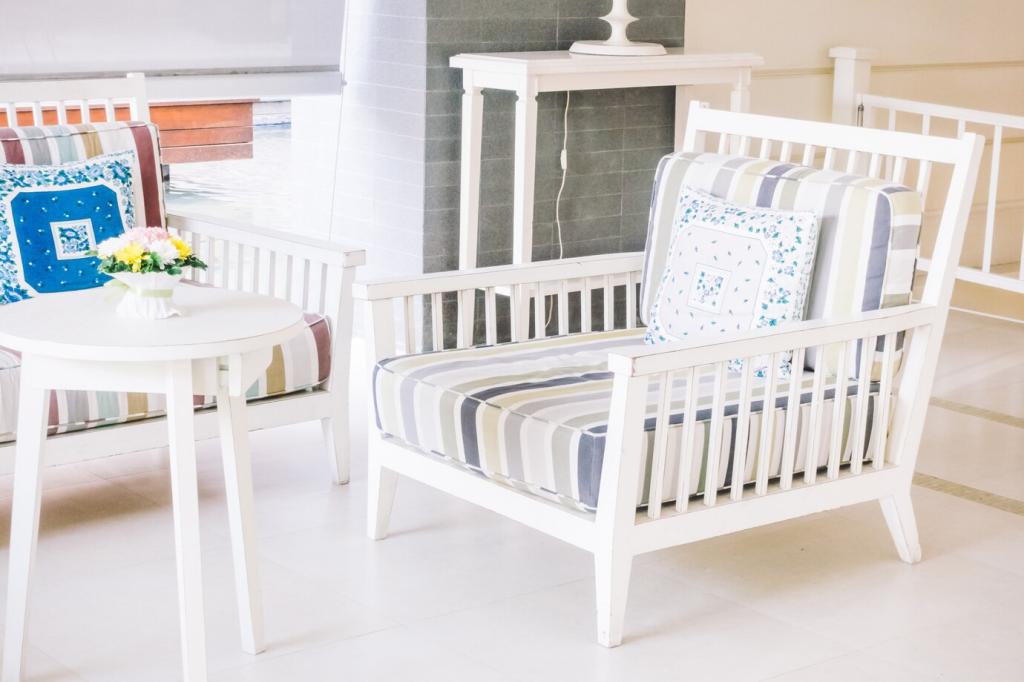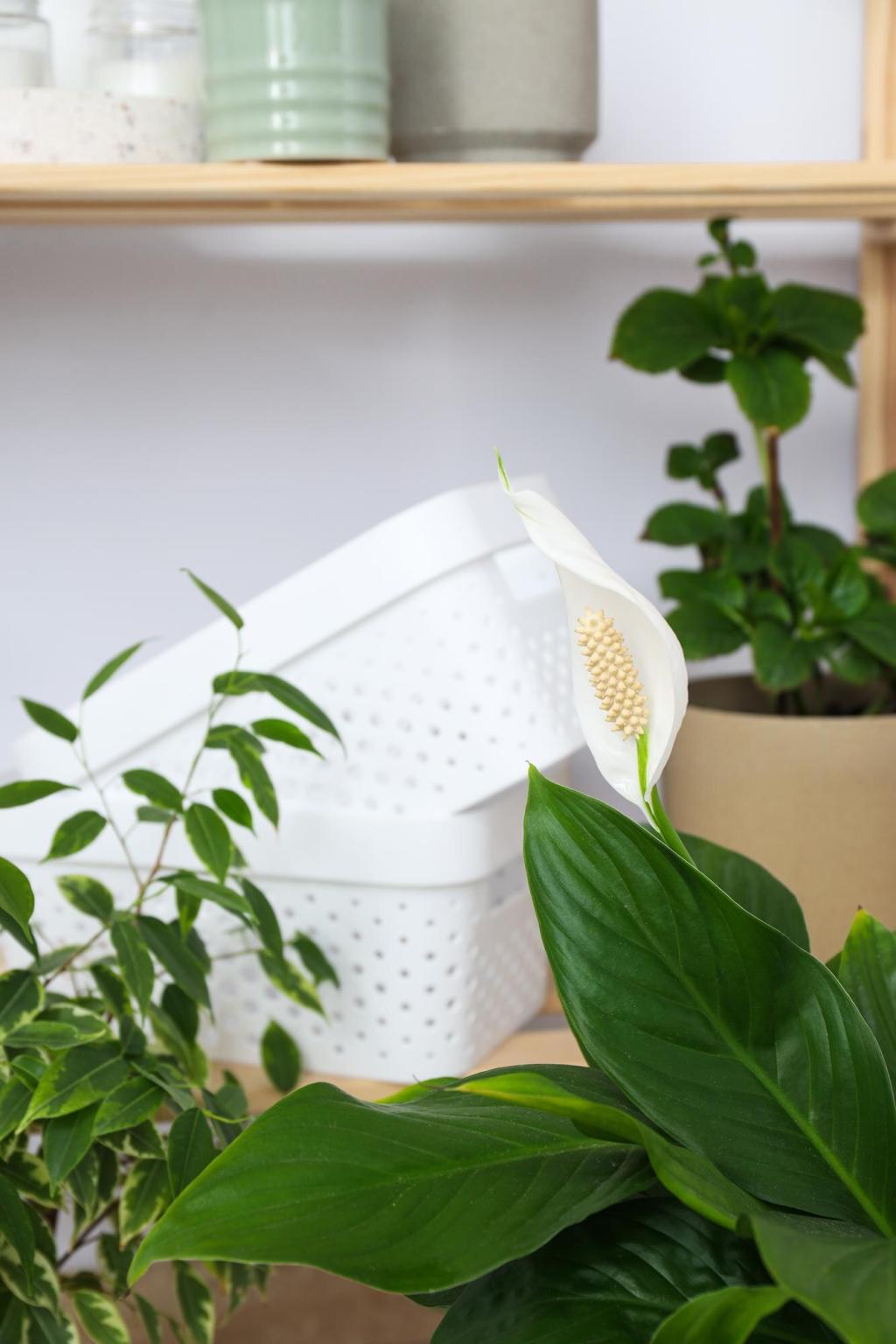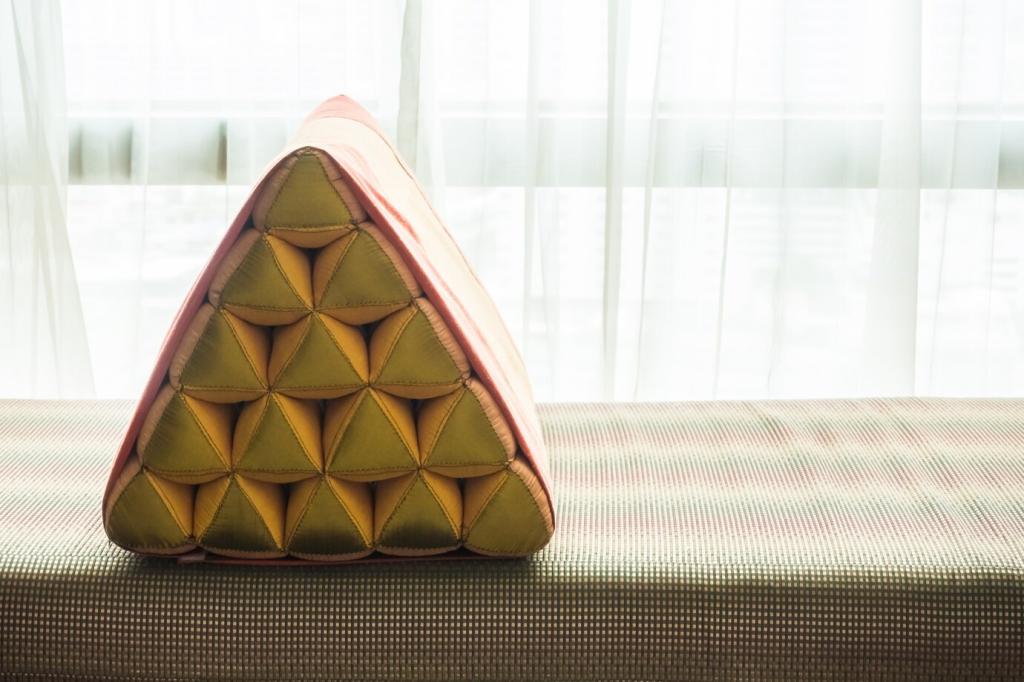Sustainable Materials in Modern Furniture
The evolution of modern furniture is no longer dictated by aesthetics and comfort alone. Increasingly, sustainability stands at the forefront, shaping how designers, manufacturers, and consumers approach the world of interior design. Sustainable materials have become a vital component in the effort to create furnishings that are both visually appealing and environmentally responsible. This page delves into the ways modern furniture leverages sustainable resources, examining the benefits, challenges, and innovations that come with this progressive shift. From responsibly sourced woods to recycled metals, sustainable practices leave a positive impact on people and the planet while redefining what it means to create modern living spaces.

The Rise of Eco-Friendly Materials
Bamboo stands out as one of the fastest-growing renewable materials, making it an ideal candidate for sustainable furniture production. Its remarkable strength-to-weight ratio allows designers to create lightweight yet durable pieces that rival traditional hardwoods. Unlike many timber sources, bamboo can regenerate within just a few years, reducing pressure on forests and minimizing the ecological footprint of furniture manufacturing. Moreover, bamboo’s natural resistance to pests and diseases lessens the need for chemical treatments, resulting in a healthier home environment and a kinder impact on the planet. As a material, bamboo’s versatility enables it to be crafted into a variety of furniture styles, whether sleekly modern or warmly rustic.

The Environmental Impact of Traditional Materials
Deforestation and Habitat Loss
The widespread use of non-sustainable woods and unsupervised harvesting practices in past decades has resulted in significant deforestation and loss of critical animal habitats. Rainforests and old-growth forests have been particularly impacted, putting countless species at risk and contributing to global climate instability. By switching to sustainably sourced materials, furniture makers can play a crucial role in preserving vital ecosystems and promoting reforestation. This shift helps ensure that the world’s forests continue to provide oxygen, store carbon, and support biodiversity for generations.
Chemical Pollution from Finishes
Traditional furniture finishes often rely on solvents, stains, and varnishes with high levels of volatile organic compounds (VOCs). These chemicals not only pollute the air during application and drying but can also off-gas in the home, negatively affecting indoor air quality and occupant health. Sustainable furniture manufacturers now prioritize low-VOC and plant-based finishes that protect both workers and residents. Improved finishing methods minimize exposure to toxins and create living environments free from harmful emissions, demonstrating that eco-conscious materials extend beyond the core components to every aspect of production.
Waste Generation in Manufacturing
The conventional furniture industry historically produced significant volumes of waste during manufacturing. Offcuts, sawdust, and faulty products often ended up in landfills, while pieces made with synthetic or composite materials contributed to long-term environmental burdens. Sustainable design principles advocate for waste minimization through efficient material usage, innovative pattern cutting, and imaginative reuse of offcuts. By integrating zero-waste principles, modern furniture makers reduce landfill contributions and foster a more circular model that values every resource.
Renewable Resources in Furniture Design
Cork, harvested from the bark of cork oak trees, is a rapidly renewable resource that can be collected without harming the tree itself. Its unique structure offers exceptional elasticity, acoustic insulation, and resistance to moisture, making it suitable for modern furniture applications from chairs to wall panels. As cork regenerates in just a few years, its harvesting cycle supports sustainable landscapes and local economies. The use of cork in design not only results in distinct, tactile furniture but also helps combat desertification and maintain the natural habitats found in Mediterranean regions.

Innovations in Recycled and Upcycled Furniture
01
PET Plastics Reimagined
Polyethylene terephthalate (PET), commonly found in bottles and food packaging, is being reborn as a mainstay of sustainable furniture. Through advanced recycling, PET is transformed into durable fibers and panels that rival traditional plastics in strength, all while reducing landfill waste. Designers use this material to craft everything from vibrant chairs to intricate textiles, contributing directly to a circular economy. The process lessens plastic pollution and showcases how discarded everyday items can be elevated into functional works of art for homes and offices.
02
Textile Upcycling: Second Chance for Fabrics
Textile waste is a major issue worldwide, but upcycling offers an environmentally conscious solution by repurposing discarded fabrics and clothing. Modern furniture makers tap into surplus textiles to craft stylish upholstery, cushions, and even structural components. This creative approach reclaims material that would otherwise end up in landfills, reducing demand for virgin fibers and lowering the carbon footprint of furniture pieces. Each upcycled item carries a unique blend of textures and patterns, merging sustainable practice with individuality and flair.
03
Pallet Furniture: From Shipping to Chic
Shipping pallets, once destined for disposal after a single use, have found a second life as raw material for functional and fashionable furniture. With some ingenuity and craftsmanship, these basic wooden platforms become coffee tables, bed frames, or shelving units in modern settings. Pallet furniture exemplifies how upcycling not only minimizes waste but also broadens the accessibility of sustainable design. It encourages creativity, empowers DIY culture, and redefines perceptions of what constitutes quality furniture in today’s eco-conscious landscape.
Conventional furniture can harbor volatile organic compounds (VOCs) and other pollutants that persistently off-gas, compromising indoor air quality. Sustainable materials, on the other hand, are often selected for their low emission profiles, especially when paired with natural or water-based finishes. These materials contribute to cleaner, safer indoor environments, reducing instances of respiratory irritation and related health concerns. Consumers looking for peace of mind increasingly seek certifications like GREENGUARD, which assure that their furniture is designed to support healthy interiors.
Health Benefits of Sustainable Furniture
The Economic Promise of Sustainable Materials
Supporting Local and Ethical Producers
Sourcing sustainable materials often involves working closely with local farmers, foresters, and artisans. This practice keeps economic benefits within communities, fostering ethical production chains and creating lasting jobs. Supporting local producers not only ensures tighter quality control but also cultivates relationships that prioritize environmental stewardship. Such collaborations strengthen regional economies, reward fair labor, and foster pride in products that tell a story of place and purpose.


Long-Term Cost Savings for Consumers
Sustainable furniture may sometimes carry a higher upfront price tag due to artisan techniques or material certifications, but it often proves more cost-effective over time. Durable, high-quality pieces require fewer repairs and replacements, ultimately saving consumers money and resources. Lesser reliance on synthetic materials, which can degrade or off-gas over time, leads to longer lifespans and better performance. For budget-conscious yet environmentally aware buyers, the investment in sustainable materials becomes an economically sound decision that pays dividends for years to come.

Integrating Nature’s Texture and Color
Natural, minimally processed materials offer a rich palette of textures and hues unavailable in synthetic alternatives. The grain of certified wood, the matte finish of recycled metals, and the warmth of plant-based fabrics invite tactile interaction and visual intrigue. Designers use the unique characteristics of these materials to craft one-of-a-kind furniture pieces that radiate authenticity. Such features evoke a sense of organic beauty, transforming living spaces into inviting environments grounded in the natural world.

Contemporary Forms from Traditional Techniques
Many sustainable materials are rooted in time-honored craft traditions, which modern designers reinterpret through sleek lines and cutting-edge forms. Techniques like steam-bending wood, weaving rattan, or upcycling industrial materials enable a fusion of old and new that complements contemporary interiors. The use of heritage methods assures not only sustainability but also cultural continuity, yielding furniture with story and substance. This synergy between past and present highlights that responsible design enhances, rather than inhibits, aesthetic possibilities.

Minimalism Meets Sustainability
Minimalism has become a celebrated movement in modern interior design, and sustainable materials are perfectly aligned with its principles. Using less but better, saying no to waste, and selecting versatile, durable pieces are all hallmarks of minimalist living. Sustainable materials enable designers to create functional, understated furniture that emphasizes form and purpose over excess. The result is a timeless, elegant approach that complements modern lifestyles and demonstrates that conscious choices are integral to refined beauty.
